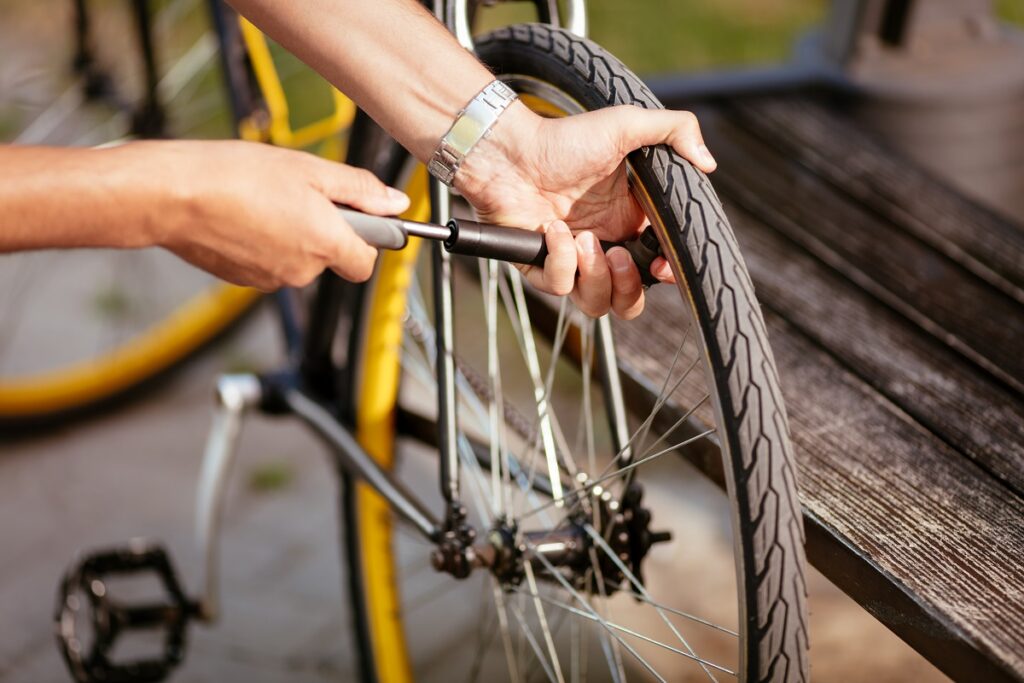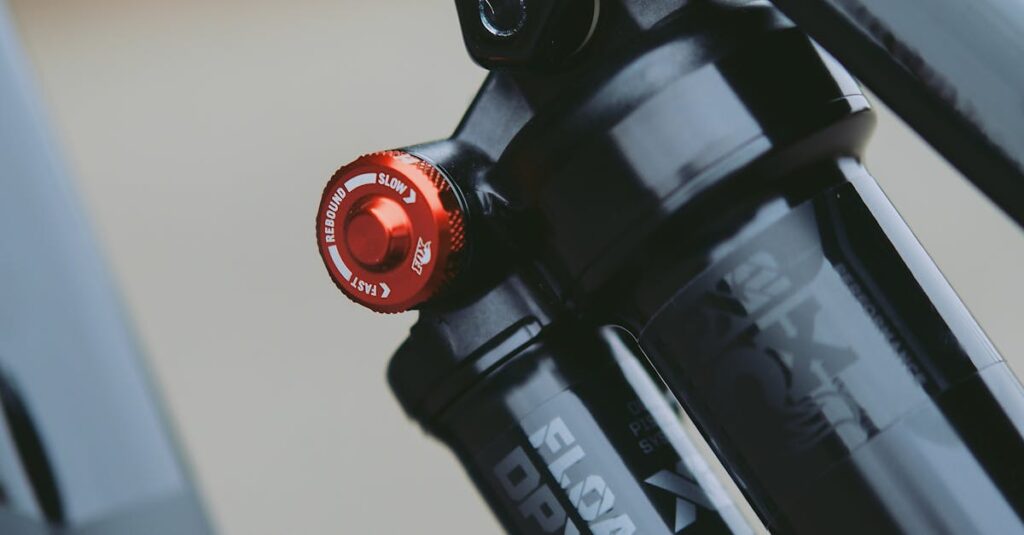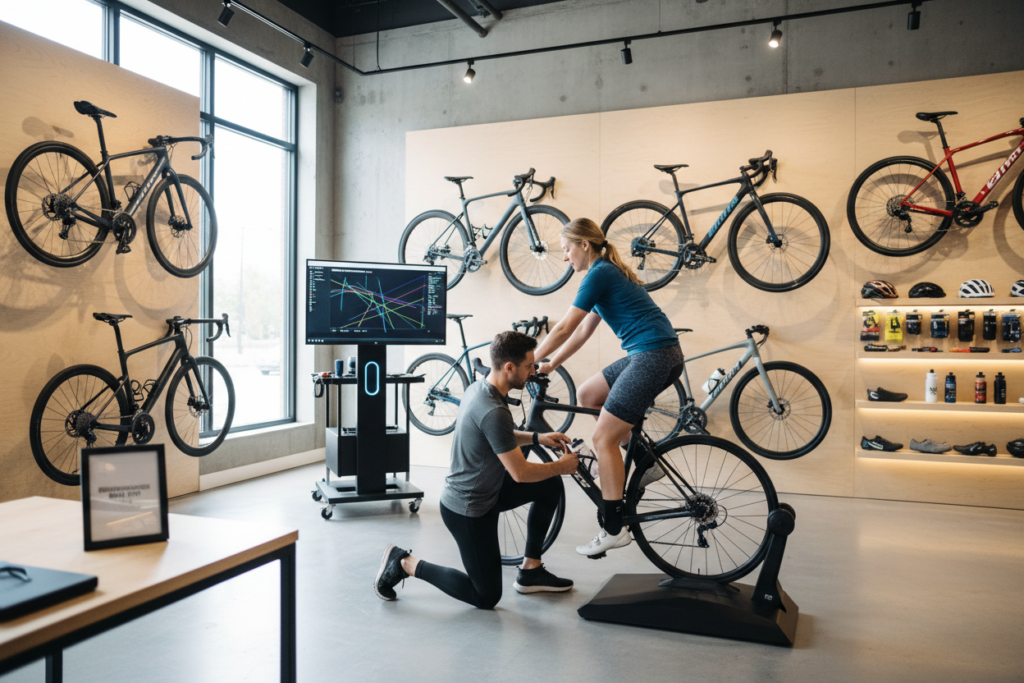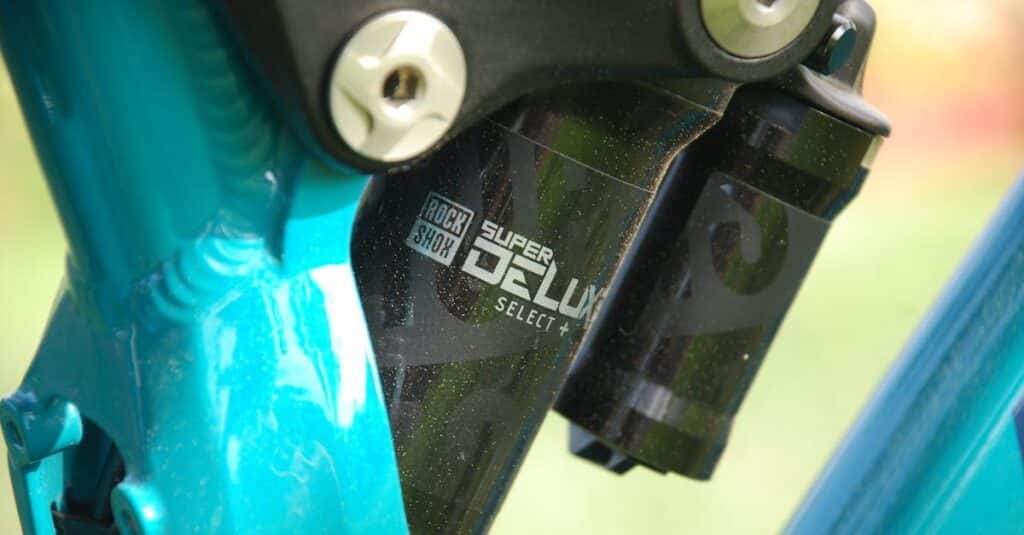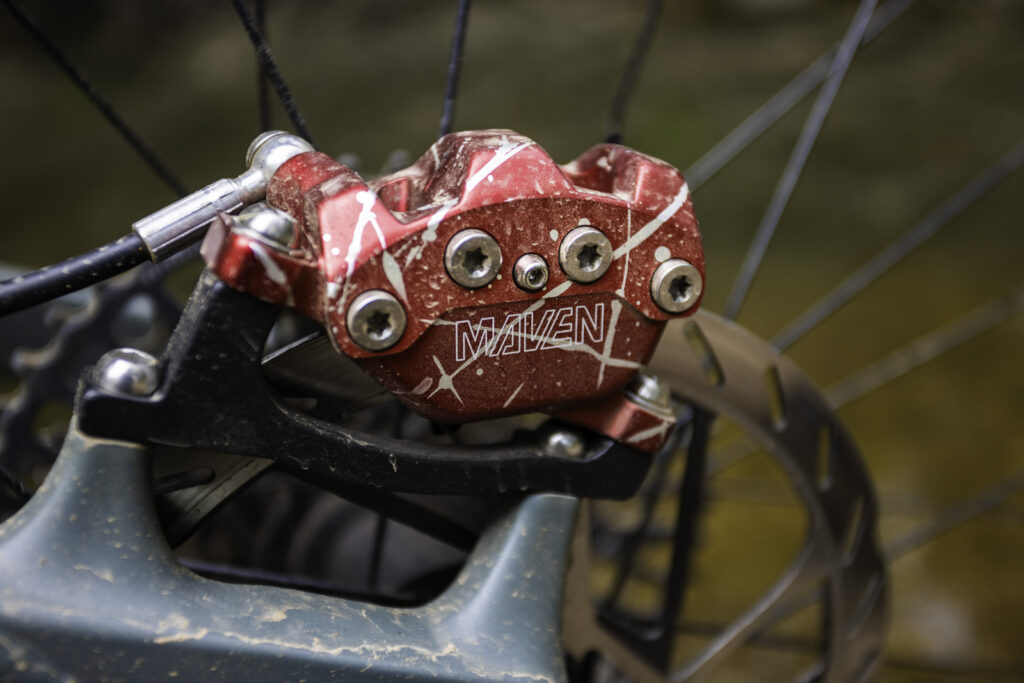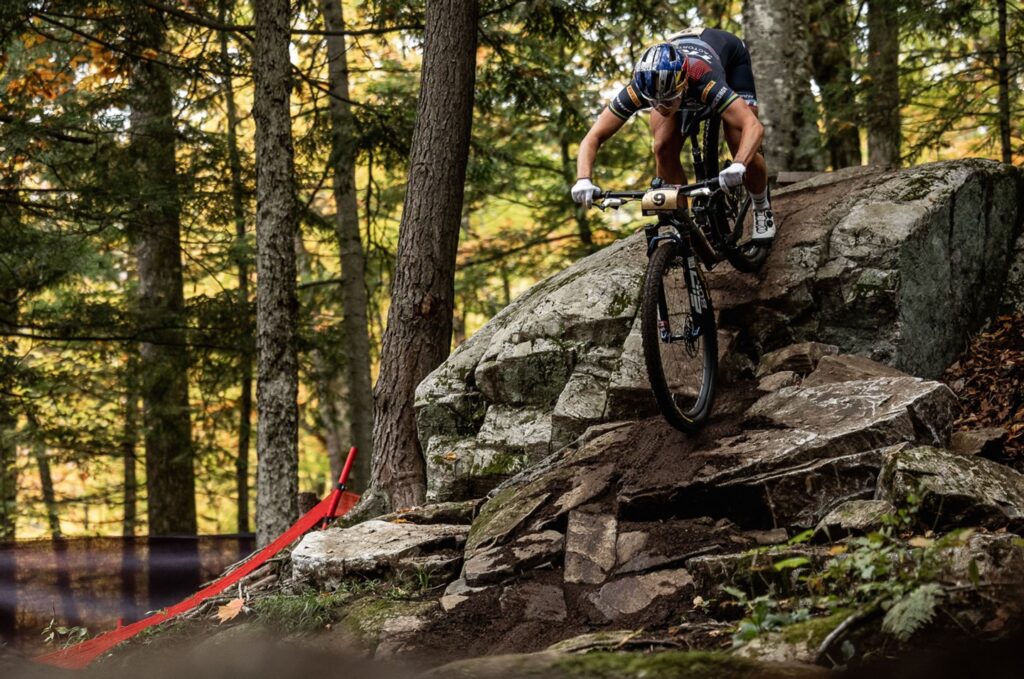If your bike feels sluggish, bumpy, or unstable, your tire pressure might be the culprit.
Getting tire pressure right can completely transform how your bike rides — improving speed, comfort, grip, and puncture protection all at once.
Yet, it’s one of the most misunderstood aspects of cycling.
In this Best Bike Brands guide, we’ll explain exactly how to choose the right tire pressure for your bike — whether you ride road, gravel, mountain, commuter, or e-bike — and how factors like weight, tire size, terrain, and even temperature affect your setup.
Quick Take — Why Tire Pressure Matters So Much
Tire pressure (measured in PSI, or pounds per square inch) determines how your tires interact with the ground. It’s not just about “hard” or “soft” — it’s about efficiency and control.
The right tire pressure:
- Increases speed by reducing rolling resistance.
- Improves comfort by absorbing bumps and vibration.
- Enhances traction and cornering stability.
- Extends tire and rim lifespan.
- Reduces flats and rim damage.
Too high, and your bike rides harshly and loses grip.
Too low, and you risk pinch flats, squirmy handling, and wasted energy.
Finding your sweet spot is one of the most important — and easiest — upgrades you can make.
Tire Pressure Basics: Understanding PSI
What is PSI?
PSI stands for pounds per square inch, a unit of air pressure. It tells you how much air is pushing outward inside your tire.
A higher PSI = firmer tire.
A lower PSI = softer, more compliant tire.
The Manufacturer’s Range
Every tire has a recommended PSI range printed on its sidewall (for example, “35–65 PSI”).
This range is your safe operating window — but your ideal pressure depends on you, your bike, and your terrain.
The Factors That Affect Ideal Tire Pressure
There’s no one-size-fits-all number. Instead, your perfect tire pressure depends on a combination of these six factors:
1. Tire Width
- Wider tires need less pressure.
- Narrow tires need higher pressure to support the same load.
| Tire Type | Typical Width | Common PSI Range |
|---|---|---|
| Road bike | 23–32mm | 70–110 PSI |
| Gravel bike | 35–50mm | 35–60 PSI |
| Commuter / Hybrid | 32–50mm | 40–70 PSI |
| Mountain bike | 2.1–2.6” | 22–35 PSI |
| Fat bike | 3.8–5.0” | 5–20 PSI |
| E-bike (commuter) | 2.0–2.4” | 45–60 PSI |
The wider the tire, the more air volume it holds — so it doesn’t need to be rock hard to support you.
2. Rider Weight
Your body weight dramatically affects how much pressure your tires should hold.
Heavier riders compress tires more, meaning they’ll need more PSI to prevent bottoming out.
| Rider Weight | Road PSI | Gravel PSI | MTB PSI |
|---|---|---|---|
| <120 lbs (55 kg) | 70–85 | 30–40 | 18–22 |
| 120–160 lbs (55–73 kg) | 80–95 | 35–45 | 22–28 |
| 160–200 lbs (73–91 kg) | 90–105 | 40–50 | 26–32 |
| 200+ lbs (91+ kg) | 100–115 | 45–55 | 30–36 |
(Adjust rear tire ~2–4 PSI higher than the front to account for weight distribution.)
3. Terrain
Tire pressure is your suspension system. The rougher the terrain, the lower your PSI should be — within reason.
| Surface | Ideal Pressure Range | Notes |
|---|---|---|
| Smooth pavement | Higher PSI | Faster rolling, less comfort |
| Rough pavement | Medium PSI | Better shock absorption |
| Gravel / dirt roads | Lower PSI | More traction, less bounce |
| Rocky trails | Low PSI | Comfort and grip, but avoid pinch flats |
| Sand / snow | Very low PSI | Max contact and floatation |
A simple rule:
Drop 5–10 PSI when riding off-road, and add it back for pavement.
4. Tire Construction
The materials and design of your tire also influence optimal PSI.
- Tubeless tires can safely run lower PSI since there’s no inner tube to pinch.
- Tubed tires require slightly higher PSI for protection.
- E-bike tires often use reinforced casings and can handle higher loads.
Rule of thumb: Tubeless tires can run 3–5 PSI lower than tubed equivalents.
5. Bike Type and Load
A fully loaded touring bike or e-bike requires more air pressure than a lightweight road bike because of the added stress on tires.
- Commuter bikes: 50–70 PSI (urban comfort + load capacity)
- Touring bikes: 60–85 PSI (extra cargo weight)
- E-bikes: 45–60 PSI (motor torque and battery weight)
- Cargo bikes: 60–80 PSI (payload stability)
6. Weather and Temperature
Air expands when warm and contracts when cold.
A 10°F (6°C) temperature drop can reduce tire pressure by about 2%.
Check your pressure before every ride, especially if you store your bike in a garage or shed.
How to Measure and Adjust Tire Pressure
Tools You Need:
- Floor pump with built-in gauge (most accurate)
- Portable mini pump for rides
- Digital pressure gauge (for fine-tuning)
- Valve adapter (Presta ↔ Schrader if needed)
Step-by-Step:
- Check the sidewall of your tire for PSI range.
- Attach your pump securely to the valve.
- Inflate to the low end of the recommended range first.
- Sit on the bike and check sag — the tire should compress slightly but not bulge.
- Fine-tune PSI based on comfort, terrain, and feel.
- Record your favorite pressures — consistency helps you find your ideal setup faster.
Recommended Tire Pressures by Bike Type
Here’s a quick reference chart for the most common bike categories:
| Bike Type | Front PSI | Rear PSI | Notes |
|---|---|---|---|
| Road bike (25mm) | 85 | 90 | Add +5 PSI for riders over 180 lbs |
| Endurance road (32mm) | 70 | 75 | Great for rough roads |
| Gravel (40mm) | 35 | 38 | Comfort + control |
| Hybrid / commuter (45mm) | 55 | 60 | City streets + mixed paths |
| Mountain XC (2.2”) | 24 | 26 | Tubeless can drop 3–5 PSI |
| Trail MTB (2.4”) | 22 | 25 | Prioritize traction |
| Fat bike (4.8”) | 8 | 10 | Adjust ±2 PSI for terrain |
| E-bike (commuter) | 50 | 55 | Check weekly due to weight load |
| Cargo / utility | 60 | 70 | Extra load stability |
Advanced Tuning Tips
Once you’ve dialed in your base pressure, small tweaks can make a big difference.
1. Use Feel as a Guide
The right pressure feels stable and fast, not harsh.
- If it bounces or chatters → too high.
- If it feels slow or sloppy → too low.
2. Front vs. Rear Pressure
The rear tire carries more weight (usually 55–60% of total load).
Always run 2–4 PSI higher in the rear.
3. Go Tubeless (If Possible)
Tubeless setups allow lower PSI without pinch flats.
Bonus: better traction and self-sealing punctures.
4. Experiment Gradually
Adjust pressure in 2–3 PSI increments and note how it changes your ride feel.
5. Don’t Forget E-Bikes
E-bikes are heavier and faster. Check your PSI weekly — underinflated tires drain battery life faster and risk rim damage.
How Tire Pressure Affects Performance
| PSI | Comfort | Grip | Rolling Resistance | Flat Risk |
|---|---|---|---|---|
| High (90–110) | Harsh | Low | Fast | Pinch risk low |
| Medium (60–80) | Balanced | Good | Moderate | Balanced |
| Low (25–50) | Plush | Excellent | Slower | Pinch risk high |
For most riders, mid-range pressure is ideal — efficient but still comfortable.
Tire Pressure for E-Bikes
E-bikes add motor torque and weight, which change tire dynamics.
Tips for E-bike Riders:
- Inflate to the upper-middle of the tire’s range.
- Use reinforced or e-bike-specific tires (e.g., Schwalbe E-Plus, CST E-Series).
- Check weekly — torque and weight wear tires faster.
- If running cargo, add +5–8 PSI to the rear.
Underinflated e-bike tires reduce range by up to 10–15%.
Tire Pressure for Cargo, Commuter & Utility Bikes
Cargo and utility bikes carry heavy loads — riders, kids, groceries, or tools.
Here’s how to keep things stable and efficient:
- Start with 60 PSI rear / 55 PSI front for mid-width tires.
- Increase rear PSI by +5–10 per 25 lbs of extra load.
- Avoid over-inflation: it decreases grip and ride comfort.
- Use heavy-duty casings: Schwalbe Marathon Plus, Continental Contact Urban, etc.
A properly inflated cargo tire resists sidewall flex and keeps steering predictable under weight.
Tire Pressure for Off-Road Riding
Mountain Biking:
- XC / Hardtail: 22–28 PSI (tubed), 18–25 PSI (tubeless).
- Trail / Enduro: 20–26 PSI (tubeless ideal).
- Downhill: 18–24 PSI (use inserts if aggressive).
Gravel Riding:
- 35–50 PSI depending on tire width and terrain roughness.
- Lower pressure = more grip and less fatigue.
- Avoid going too low on rocky terrain — risk of rim damage.
Fat Biking:
- 5–10 PSI on snow or sand.
- Up to 15–20 PSI for firm dirt or pavement.
Low PSI = traction and comfort, but keep a mini pump handy for on-the-fly adjustment.
Common Mistakes to Avoid
- “Higher PSI = Faster.”
Not always. Too much pressure makes you bounce and lose traction, slowing you down. - Ignoring Temperature Changes.
Cold mornings can drop PSI — always check before rides. - Using Hand Squeeze to Check Pressure.
Inaccurate. Always use a gauge. - Neglecting Rear Tire Pressure.
Your rear tire does most of the work — give it extra care. - Forgetting Load Changes.
Touring or carrying cargo? Adjust PSI accordingly every time.
Pro Tips for Perfect Tire Pressure
- Check weekly. Air slowly escapes, especially from tubeless systems.
- Use consistent equipment. Different pumps read differently.
- Fine-tune per ride. Pavement, gravel, or wet roads each need small tweaks.
- Record your pressures. A simple note on your phone helps repeat performance.
- Replace worn tires. Old sidewalls leak air and distort readings.
The best cyclists — pros or commuters — treat tire pressure like a science.
Quick Reference: PSI by Bike Type & Terrain
| Bike Type | Smooth Roads | Rough Roads | Gravel | Trails | Sand/Snow |
|---|---|---|---|---|---|
| Road (28mm) | 90–100 | 80–85 | 65–70 | — | — |
| Endurance Road (32mm) | 75–85 | 65–70 | 55–60 | — | — |
| Gravel (40–45mm) | 45–55 | 35–45 | 30–35 | — | — |
| Hybrid / Commuter | 60–70 | 50–60 | 45–55 | — | — |
| E-Bike (2.3”) | 55–60 | 50–55 | 45–50 | — | — |
| MTB XC | — | 26–30 | 22–28 | 18–26 | — |
| Fat Bike | — | — | 15–18 | 8–12 | 5–10 |
Tire Pressure Myths — Busted
Myth #1: “Always pump to max PSI.”
Wrong. Max PSI is just the safe limit, not the ideal ride setting.
Myth #2: “Lower pressure always means more comfort.”
Partially true. Too low causes sluggishness and flats.
Myth #3: “You can check tire pressure by hand.”
Nope. Modern wide tires feel firm even at dangerously low PSI.
Myth #4: “All riders need the same pressure.”
Rider weight, tire width, and terrain all make a difference.
Sustainability and Longevity
Proper tire inflation extends lifespan and reduces waste.
Underinflated tires wear unevenly and waste energy, while overinflated ones cause premature casing cracks.
- Maintain consistent PSI → tires last 20–30% longer.
- Use eco-friendly sealants for tubeless setups.
- Dispose of old tubes responsibly — many bike shops recycle them.
Bonus: Correct PSI improves battery efficiency by up to 10% on e-bikes — fewer watts wasted on rolling resistance.
Real Rider Insights
“Dropping 5 PSI on my gravel bike made it so much smoother on washboard roads.”
— Rider, Tucson AZ
“I used to pump my e-bike tires to max every time. Lowering them 10 PSI made the ride way better.”
— Commuter, Seattle WA
“Tubeless + the right PSI totally changed my mountain bike handling.”
— Trail Rider, Bend OR
Final Thoughts — Finding Your Perfect PSI
Choosing the right tire pressure isn’t about memorizing numbers — it’s about understanding how it feels.
Start within the manufacturer’s range, adjust based on your weight and terrain, and fine-tune from there.
Your bike should feel:
- Smooth but not sluggish
- Grippy but not squirmy
- Fast but still forgiving
Remember:
- Check pressure weekly.
- Record what works.
- Small tweaks = big rewards.
Your tires are your bike’s only connection to the ground — treat them right, and your entire ride improves.
Related Content:
- Best Budget Friendly E-Bike Brands
- How to Pack a Bike
- How to Wash a Bike Safely
- Best Comfort Saddles
- Best E-Bike Brands
Why Trust This Guide
BestBikeBrands is built by lifelong cyclists with decades of real-world experience — in the shop, on the trail, and behind the wrench. Our goal is simple: to help riders choose the best bikes and gear with confidence, backed by expert insights and hands-on testing. Learn more about us →
